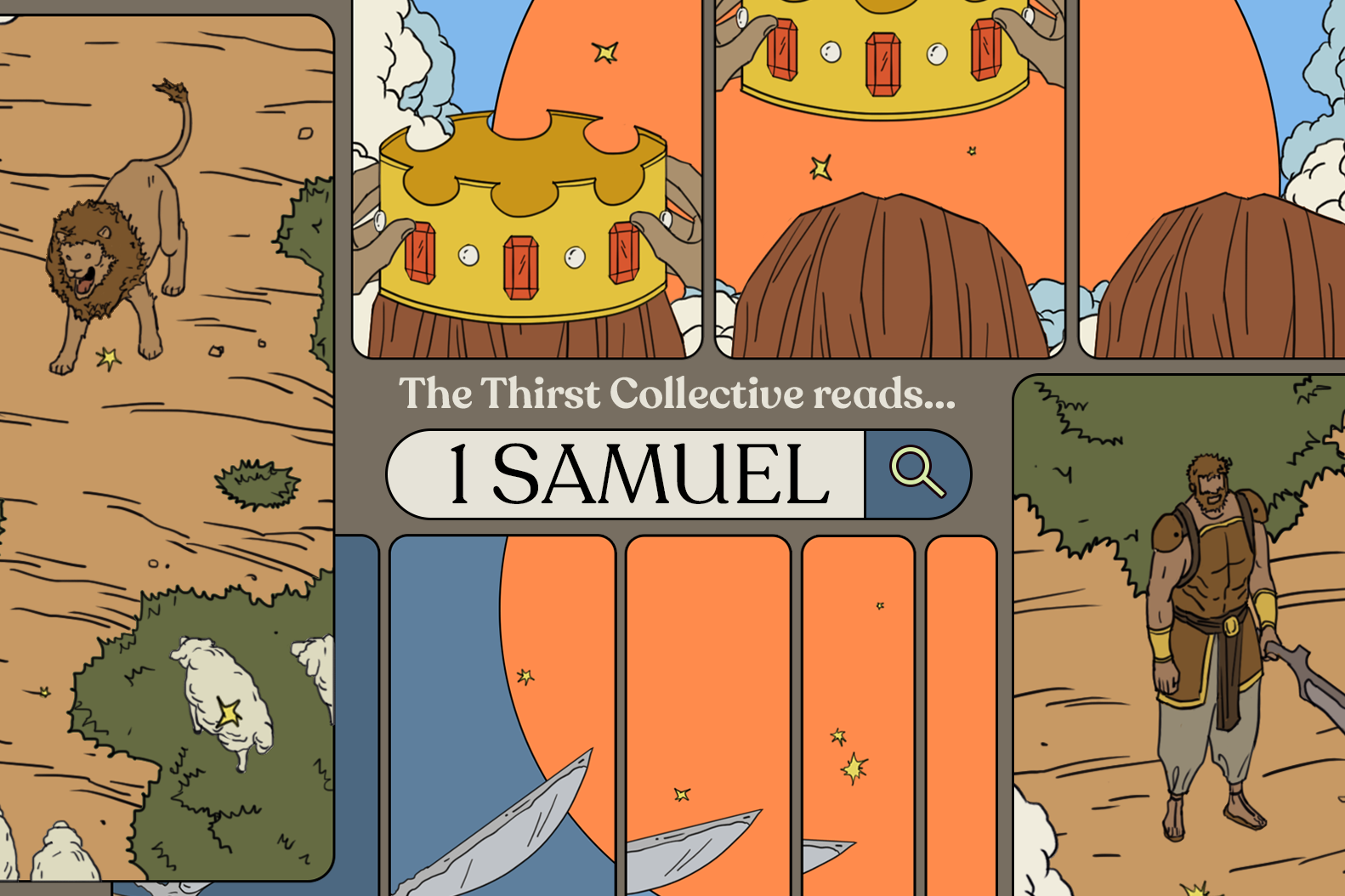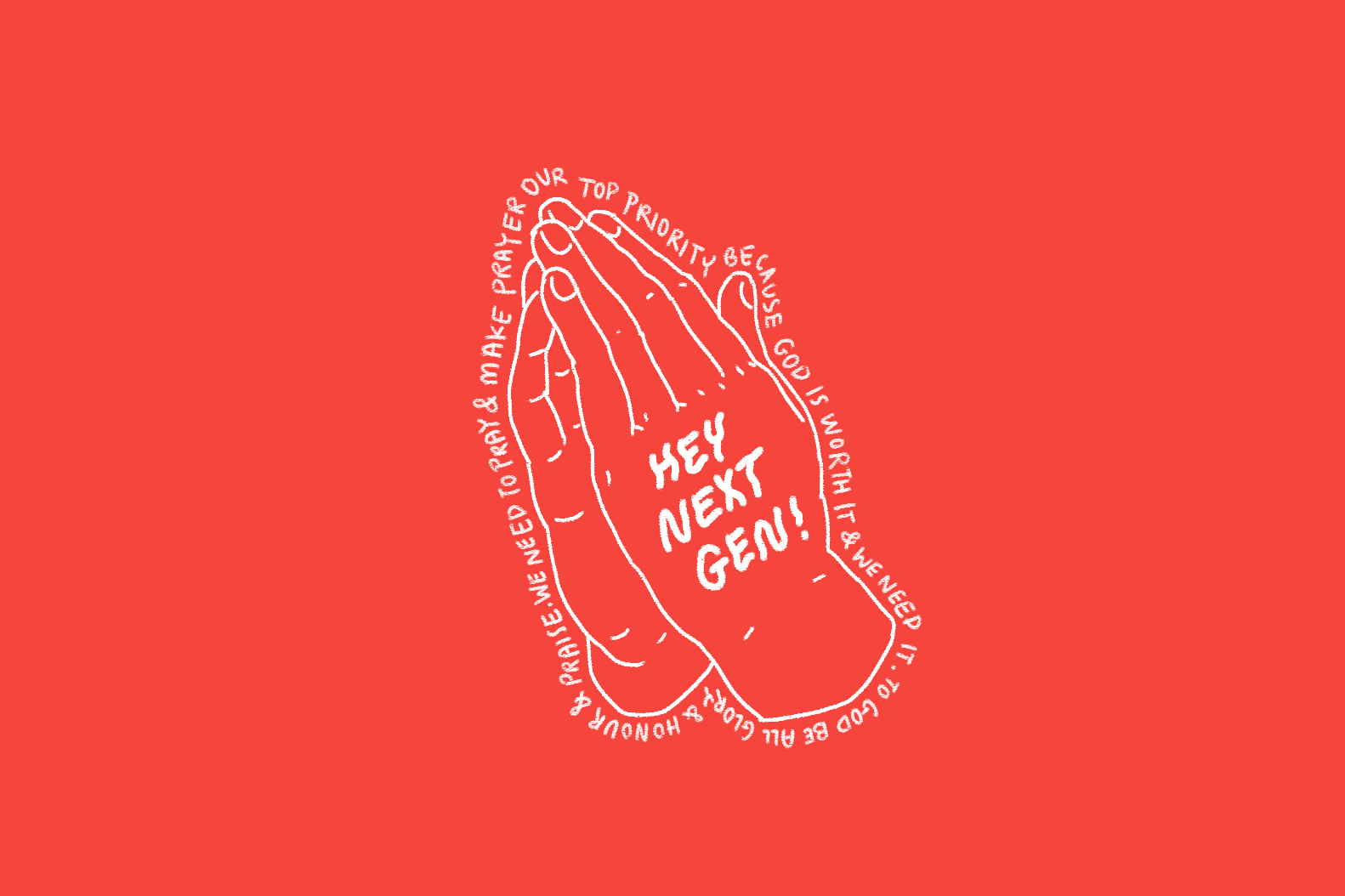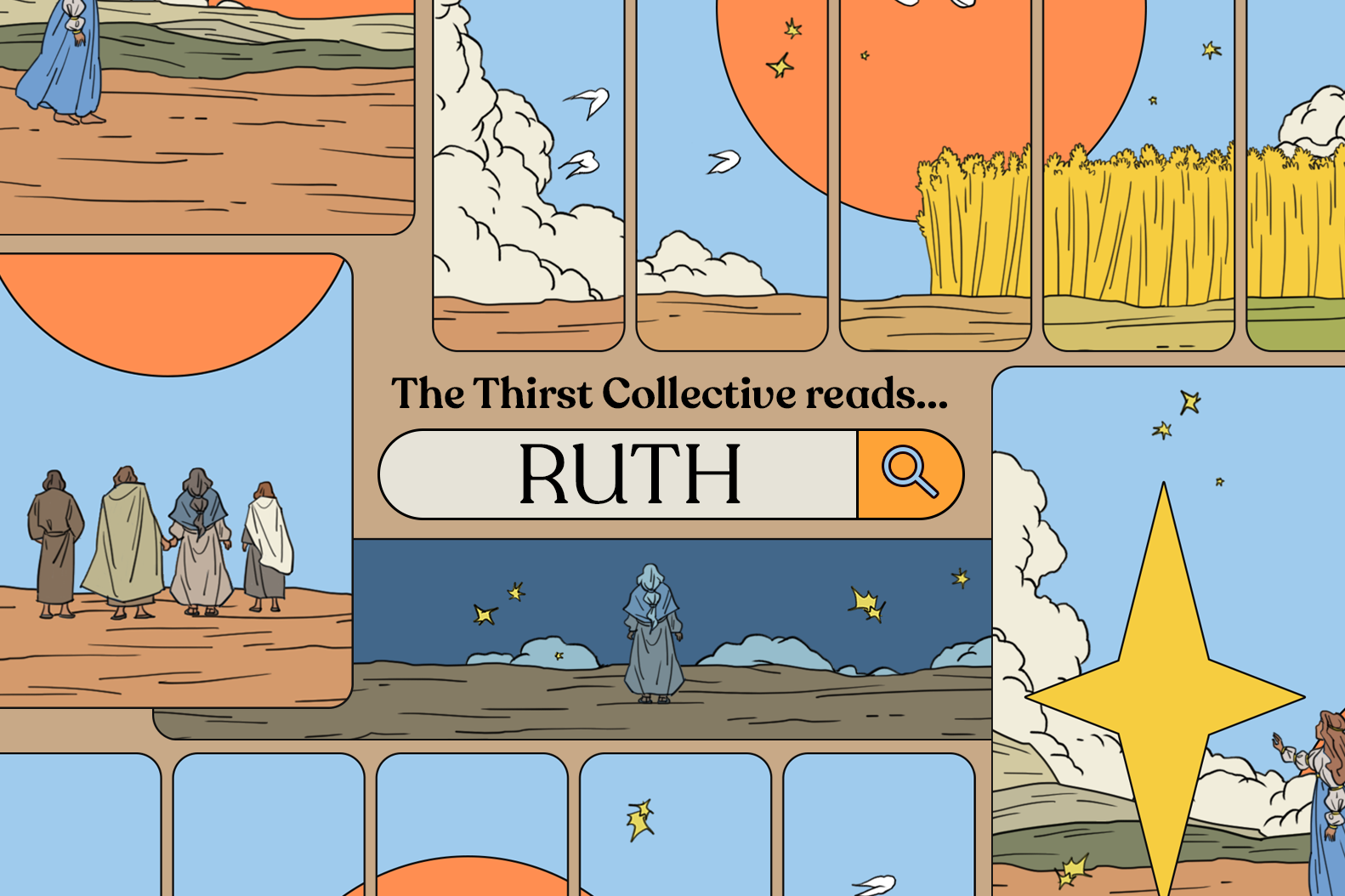When I was a teenager in my old church, I remember noticing how the Sunday School kids would wave around palm leaves once a year on a Sunday morning.
I never knew what that was about. I just assumed it was some kind of art project or lesson on how God created the leaves in Genesis.
Looking back, it turns out they were celebrating Palm Sunday. But what is Palm Sunday?

To answer questions like this, we must always go back to the Bible first.
Let’s read about what actually happened on that ancient Sunday in Matthew 21:1-11 (You can also read Mark 11:1-11, Luke 19:28-44 or John 12:12-16).
As they approached Jerusalem and came to Bethphage on the Mount of Olives, Jesus sent two disciples, saying to them, “Go to the village ahead of you, and at once you will find a donkey tied there, with her colt by her. Untie them and bring them to me. If anyone says anything to you, say that the Lord needs them, and he will send them right away.”
This took place to fulfill what was spoken through the prophet: “Say to Daughter Zion, ‘See, your king comes to you, gentle and riding on a donkey, and on a colt, the foal of a donkey.’”
The disciples went and did as Jesus had instructed them. They brought the donkey and the colt and placed their cloaks on them for Jesus to sit on.
A very large crowd spread their cloaks on the road, while others cut branches from the trees and spread them on the road. The crowds that went ahead of him and those that followed shouted, “Hosanna to the Son of David!” “Blessed is he who comes in the name of the Lord!” “Hosanna in the highest heaven!”
When Jesus entered Jerusalem, the whole city was stirred and asked, “Who is this?” The crowds answered, “This is Jesus, the prophet from Nazareth in Galilee.”
Here Jesus is travelling to Jerusalem for the endgame — crucifixion and His subsequent resurrection — to give His life as a payment for sin and to defeat death.
Shortly before this, Jesus had raised Lazarus from the dead at Bethany — a miracle which made people see Him as something of a superstar. This status partly accounts for how the people received Jesus (Matthew 21:8) as messiah and saviour.
How many of us do away with Christ the moment we think He doesn’t fit our bill?
However, it should be noted that many of these folks were looking more for political salvation from Roman oppression than spiritual salvation. For just six chapters later in Matthew 27:22-23 — a matter of days in real-time — we see what the people wanted to do with Jesus after He didn’t fit their national agenda.
All this may have taken place 2,000 years ago, but it bears reflection: How many of us do away with Christ the moment we think He doesn’t fit our bill?
How tragic to have seen the face and known the person of God — and end up rejecting Him.
My morose reflections aside, let’s get back to the donkey bit: There are number of things that are significant about it.
By riding in on a donkey – and not a horse – Jesus came as a King of Peace. In doing so, He fulfilled the prophecy of The Coming of Zion’s King; Zechariah had foretold Jesus’ triumphal entry into Jerusalem some 500 years earlier.
Rejoice greatly, Daughter Zion! Shout, Daughter Jerusalem! See, your king comes to you, righteous and victorious, lowly and riding on a donkey, on a colt, the foal of a donkey. (Zechariah 9:9)
They did a nice thing in laying their cloaks on the ground to receive Jesus royally (Matthew 21:8), but they didn’t truly realise just who had visited them that Sunday (Luke 19:41-47).
In the same way, as we celebrate Palm Sunday, and sing the songs and bear the branches — many of us are still going to be dull to the fact of Jesus Christ’s imminent return. It can’t be like that.
Now, contrast Jesus’ meek entrance into Jerusalem 2,000 years ago with how He will charge in at His return. We don’t know when the latter will happen, but we do know how from Revelation 19:11-16.
I saw heaven standing open and there before me was a white horse, whose rider is called Faithful and True. With justice he judges and wages war. His eyes are like blazing fire, and on his head are many crowns. He has a name written on him that no one knows but he himself.
He is dressed in a robe dipped in blood, and his name is the Word of God. The armies of heaven were following him, riding on white horses and dressed in fine linen, white and clean.
Coming out of his mouth is a sharp sword with which to strike down the nations. “He will rule them with an iron scepter.” He treads the winepress of the fury of the wrath of God Almighty. On his robe and on his thigh he has this name written: KING OF KINGS AND LORD OF LORDS.
What does that make you think or feel? Does the truth of Christ’s coming return set ablaze a desire to live in ways that are urgent for His glory?

As we celebrate Palm Sunday, we should sensitise ourselves to the fact that we live in the space between Christ’s comings to the earth.
You and I are in the in-between: A donkey and a white horse. Two peoples holding palm branches, one fickle and the other forever living (Revelation 7:9).
As we look at little children waving palm branches around us in church, we should earnestly reflect that our decisions now affect the future: Will we be among the great multitude waving palm branches before God the Father?
After this I looked and there before me was a great multitude that no one could count, from every nation, tribe, people and language, standing before the throne and in front of the Lamb. They were wearing white robes and were holding palm branches in their hands. And they cried out in a loud voice: “Salvation belongs to our God, who sits on the throne, and to the Lamb.” (Revelation 7:9-10)
As Passion Week, also known as Holy Week, kicks off from today, let us not only remember what Jesus has done for us. Let us also recognise what He is about to do, soon and very soon.
Then let us live with this urgency in our hearts for His Kingdom.
FOR MORE PASSION WEEK STORIES:
- What caught your attention as you read about Jesus’ entry into Jerusalem?
- Who is Jesus to you?
- What decisions do you need to relook today in light of Christ’s imminent return?









